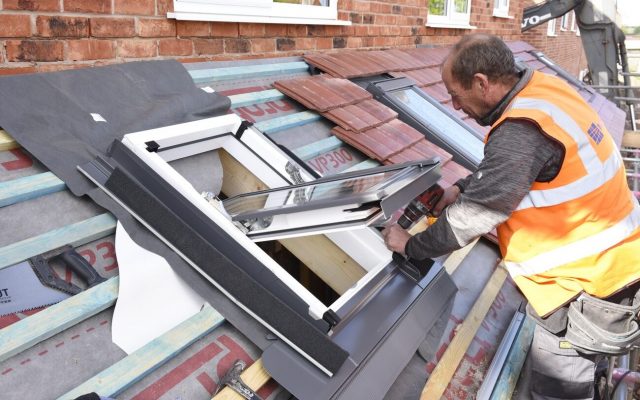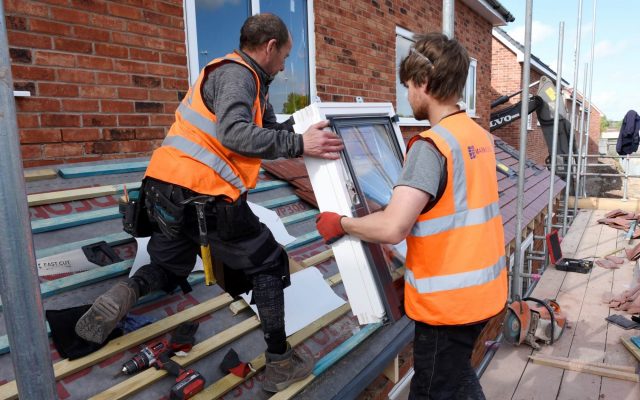Logistics keep a construction site moving, functioning and running smoothly. Issues can have a big impact on completing the project on time. It can also impact the safety of your workers. Dakea has 10 actionable tips to improve the logistics of your site as a Site Manager.
Planning
1. Use analytical tools
Planning is an essential part of a Site Managers job and helps to minimise problems with site logistics. However, it’s important not just to plan, but to analyse the plan to look for weaknesses and opportunities. This helps to reduce risk and catch any issues with the logistics before they happen.
Some helpful tools are:
- SWOT analysis (strengths, weaknesses, opportunities, threats)
- Running tests and getting feedback from those involved
- Root cause analysis – while often used after a problem has occurred, it can be used to assess risk preventatively
- A probability and impact matrix – to assess the level of risk to ensure resources are being used effectively
2. Break down each area thoroughly
Logistics planning needs to be thorough. If one thing is missed, it can very quickly create a nightmare on your site!
Break down the logistics management into each area and ensure your plan covers everything.
These might include:
- Resource assessment
- Supply and demand planning
- Sourcing and procurement
- Production planning and scheduling
- Inbound and outbound transport management
- Materials handling
- On site vehicle management
- Waste management
- Safety management
- Staff and worker management
Supply Chain
3. Choose suppliers with logistical support
Selecting the best suppliers can make your job easier. This doesn’t just mean high quality products, but suppliers to construction industries should also provide logistical support to make site management simpler.
For example, Dakea’s partner support services include a fully trackable system so you know when to expect your delivery and a dedicated Key Accounts manager. As soon as the delivery arrives, the Key Accounts manager rings you or another dedicated Site Manager with all the necessary information and to provide any further assistance. Find out more on our House Builders page or contact us directly.
We also have a full after sales service available to aid with any installation questions or after care help.
4. Build relationships with your suppliers
Even suppliers that don’t have full logistical support will be best equipped to help you if they know your company and your project goals. Use the same supplier across multiple projects, treat them courteously and maintain a good relationship. It will put you in the best position. If you have any problems with the logistics of deliveries, a good relationship will ensure they help you quickly and effectively.
Staff
5. Hire a logistics manager
An additional member of staff, particularly one experienced with and dedicated to logistics, will help you out significantly. This is essential for larger projects as it ensures that nothing gets forgotten and there are multiple people equipped to deal with any logistical hiccups. It’s also helpful in smaller and medium-sized projects.
A Logistics Manager’s role is slightly more specific than a Site Manager. They can handle a lot of the details of the logistics, while you oversee the bigger picture.
6. Get to know key staff members
If building a relationship with suppliers is helpful, building relationships with internal staff is vital.
The bare minimum – treating people politely and in a friendly manner – is certainly a requirement. Going the extra mile to bring in a tray of biscuits, ask how their day is going (and listen!) and going out of your way to help them will bring significant rewards. Beyond producing a more enjoyable workplace, it also means people are more likely to put the effort in to help you and be more keen to get on board with new initiatives.
7. Improve effectiveness of task delegation
Task delegation will always be key. At the start of a project, assess the hierarchies in place that allow effective task delegation and ensure senior staff have the team they need. Equally vital is that your staff members know how the structure functions and where they can turn to to both delegate tasks and receive support.
Planning at the start of a project can save you a lot of time in the long run, but it’s also important to reassess should you hit any obstacles. Ensure there are effective ways for staff members to communicate.
Communication
8. Analyse the most effective communication methods
Not everything will work the way you expect. To communicate most effectively, try several different methods and analyse which is the most effective. For example, does a central noticeboard get read? Do key staff members check their emails regularly? Check which methods of communication are most effective for different members of the team.
Senior staff, for example, might find email effective. Onsite workers, however, might find notices in the staff room, or direct calls from managers, more effective due to a different method of working.
9. Maximise your colleague’s input
Your colleagues will have important insights into the working of a site or project that you might not have seen. It’s vital to listen to what they say and take it seriously. This not only provides helpful insight into the project’s potential weaknesses and helps to prevent issues; it also improves your professional relationships.
Mobilisation
10. Be prepared to use backup plans
The unfortunate reality is that things will go wrong. Anything from human error to bad luck can cause delays or problems, but effective planning should mean you have backup solutions. The trick is being prepared to use them.
There can be a temptation to ignore a small problem until it escalates, or to adjust plans without consulting your initial plan and risk assessments. However, being prepared to turn to your backup plans when things do go wrong helps to ensure a smooth fix to problems.
If you’re interested in working with a leading supplier of roof windows, explore our website or contact Dakea.


